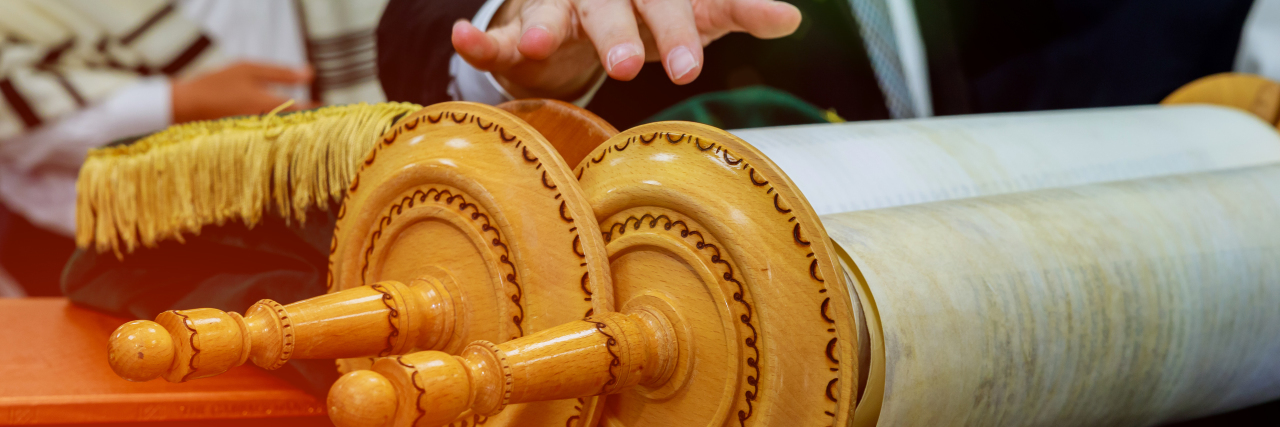My religious school experience at Congregation Kol Ami in Elkins Park, PA had its ups and downs. As a child with multiple disabilities that made it difficult and often disruptive for me to function in a classroom environment, my parents initially had to push the synagogue to accept my differences and adapt to them. They would have constant meetings with the religious school director about my disruptive behavior and how to handle it.
Then, in third grade, the then-new cantor at my synagogue, Rebecca Schwartz, started a student choir. She drew me in through her welcoming spirit and love for music. I found instantaneous inspiration. Sunday choir rehearsal became my favorite time of the week. I loved the process of learning, practicing and eventually singing Jewish music at Friday night Shabbat services. I found the focus I lacked in secular and religious school. I found acceptance from my fellow choir members. I found something I was good at and most importantly, I found the voice that would shape my future.
Meanwhile, my parents and religious school staff worked diligently to adapt the religious school curriculum to my needs. While the student choir had opened the door to my synagogue, my fifth grade (and favorite) religious school teacher, Roz Holtzman, led me further inside during sixth and seventh grade, through my one-on-one instruction and Bar Mitzvah prep. This flexibility and reduced-distraction environment allowed me to learn more effectively and become a Bar Mitzvah at the end of seventh grade, despite my increasing behavioral challenges in adolescence with Tourette syndrome repeated anger-generated episodes (RAGEs) at home and school.
By the end of seventh grade, my RAGEs were severe enough that I needed more support than I could receive at home. From eighth to 10th grade, I attended two therapeutic boarding schools where I learned to cope with and manage the manifestations of my disabilities. Even so, I continued my Jewish education remotely by phone, through the Confirmation Academy, every Wednesday at both boarding schools. This accommodating culture at Kol Ami solidified my sense of belonging in the Jewish community and inspired me to join BBYO and continue my involvement at the synagogue. I became an assistant teacher through the Isaac Mayer Wise Reform Judaism Teaching Certificate at Gratz College.
Kol Ami is a perfect example of a synagogue that did not initially understand how to create an inclusive culture, but when faced with a curveball, stepped up to the plate and hit a grand slam. The congregation’s handling of my needs is a lesson to the Jewish community. When given the guidance, people with disabilities in synagogues and other Jewish institutions can positively contribute as much as – and sometimes more than – people without disabilities. If nothing else, people with disabilities bring a different perspective to Jewish life and challenge their fellow Jews to reckon with the meaning of b’tzelem Elohim — that every person is made in the image of God.
I would like to leave you with the profound and fitting words of the late Rabbi Sidney Greenberg:
May the door of this synagogue be wide enough
to receive all who hunger for love, all who are lonely for friendship.
May it welcome all who have cares to unburden,
thanks to express, hopes to nurture.
May the door of this synagogue be narrow enough
to shut out pettiness and pride, envy and enmity.
May its threshold be no stumbling block
to young or straying feet.
May it be too high to admit complacency,
selfishness and harshness.
May this synagogue be, for all who enter,
the doorway to a richer and more meaningful life.
Shabbat Shalom! May you play your part in opening the doors even wider for all to enter – and may you choose to enter and help lead the way toward inclusion and belonging for all.
Getty image by Photo VS.

